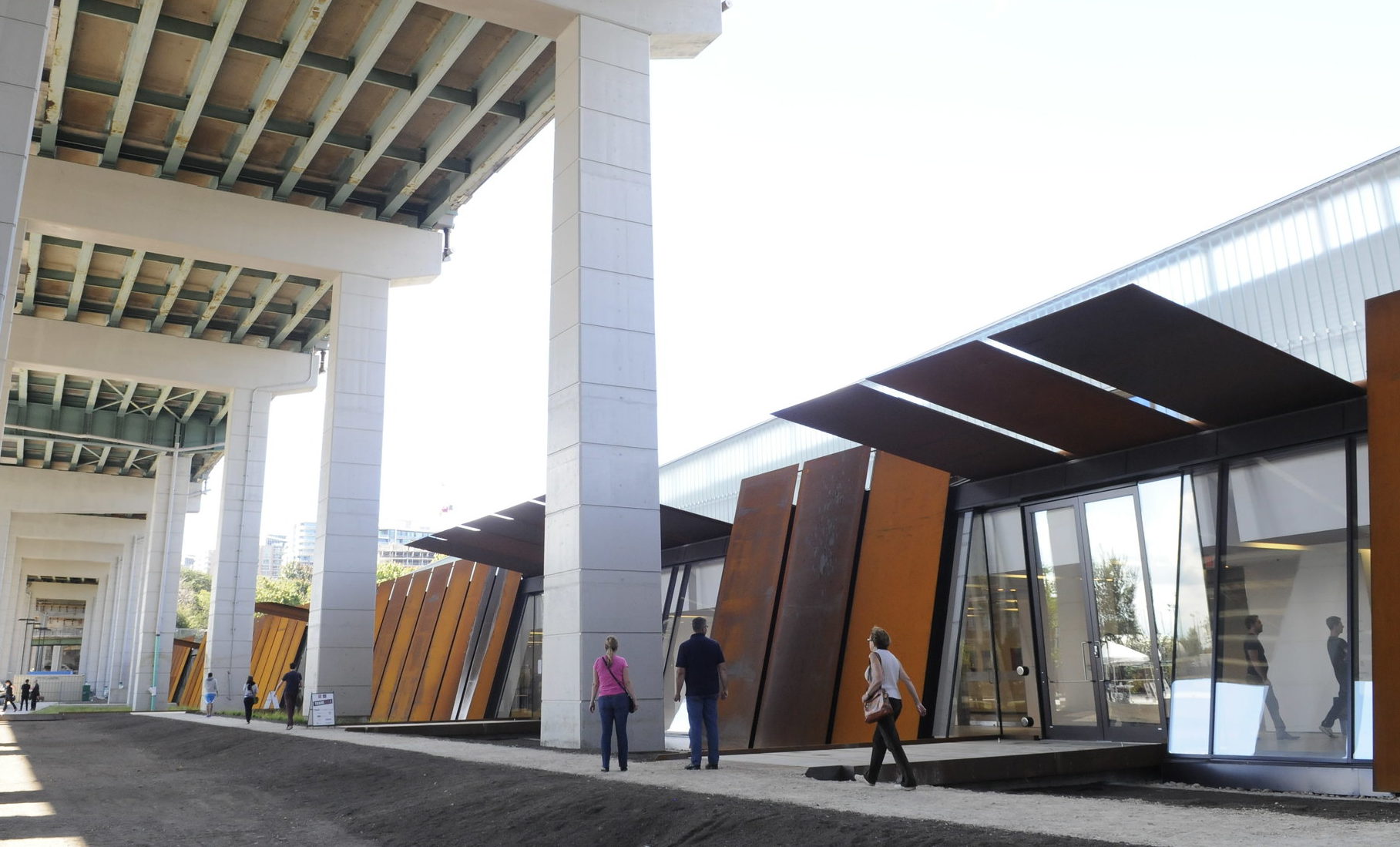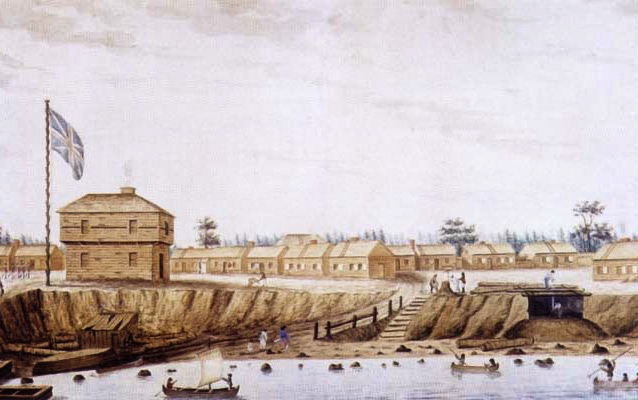Explore the Rich History of Fort York National Historic Site
Explore the Rich History of Fort York National Historic Site
Blog Article
Immerse Yourself in the Stories of Fort York National Historic Site at the Museum
At Ft York National Historic Site, the echoes of history resound with the walls of the museum, supplying a glance right into the past that formed the here and now. From the strategic building and construction of the fort to the day-to-days live of those that called it home, each artefact and exhibit tells a tale waiting to be discovered. As site visitors roam via the museum, they are moved back in time to a period loaded with tales of sacrifice, strength, and nerve. The narratives of army strategies, private perspectives, and the ongoing preservation initiatives develop a tapestry of interconnected tales that paint a dazzling photo of Fort York's abundant heritage.
Background of Fort York's Building
The construction of Fort York, a critical armed forces stronghold, started in the year 1793 under the instructions of John Graves Simcoe, the Lieutenant Guv of Upper copyright. Located at the entrance of the Toronto Harbour, the ft was tactically positioned to defend the town of York against prospective American risks complying with the American War of independence.

Regardless of encountering challenges such as harsh climate condition and limited resources, the building and construction of Fort York was completed in 1797. Over the years, the ft played a crucial function fit the background of Toronto and copyright, standing as a symbol of armed forces stamina and determination. Today, Ft York stands as a National Historic Website, protecting the tradition of its building and the tales of those who protected it.
Life in the Fort
Within the rock walls of Fort York National Historic Site, day-to-day routines and duties shaped the lives of the fort residents. Soldiers posted at Ft York were charged with numerous tasks important for the functioning of the ft (Fort York National Historic Site Toronto).
Regardless of the organized nature of life within the fort, there were additionally moments of camaraderie and recreation. Soldiers engaged in activities such as card games, narration, and occasional events to damage the dullness of armed forces life. Generally, life in the garrison at Ft York was a blend of technique, duty, and quick minutes of break in the middle of the demands of armed forces solution.
Military Approaches and Defenses
Amidst the everyday routines and self-displined life of the fort inhabitants at Ft York National Historic Site, strategic military preparation and protection systems played a crucial function in safeguarding the fort and its owners. One of the key protection systems utilized at Ft York was the design of the fort itself.
In Addition, Ft York's defenses consisted of a system of earthworks, palisades, and strategically put cannons to hinder adversary forces. By fortifying the boundary and strategically stationing artillery, the garrison might effectively prevent prospective invasions. The military workers pointed at Fort York undertook rigorous training to guarantee they were prepared to perform protective approaches successfully.
Civilian Point Of Views and Contributions
In the historic context of Ft York National Historic Website, civilians played a pivotal role via their beneficial payments and one-of-a-kind perspectives to the ft's procedures. While soldiers focused on defense and armed forces methods, civilians staying within or near Ft York brought varied skills and expertise that were important for the fort's functioning. Private merchants, craftsmens, and workers given goods and services crucial for every day life at the ft. Their proficiency in trades such as food preparation, blacksmithing, and carpentry guaranteed that the fort was well-appointed and sustainable.

Legacy and Preservation Initiatives
Civilians' substantial contributions to Ft York National Historic Site have left an enduring tradition that continues to be preserved through dedicated efforts and initiatives. The tradition of Ft York is maintained through thorough conservation techniques focused on saving the website's historic relevance for future generations. Conservation initiatives include recurring maintenance of the fort's frameworks, remediation jobs to guarantee historical precision, and curricula that advertise the site's heritage.
To safeguard the legacy of Ft York, preservationists team up with historians, excavators, and preservation specialists. These collaborations promote the execution of finest practices in heritage preservation, making certain that the website's integrity and credibility are maintained. In addition, fundraising projects and area involvement initiatives play an essential function in supporting preservation endeavors at Ft York.

Conclusion
In conclusion, Ft York National Historic Website offers a rich tapestry of tales spanning from its building and construction to its legacy. Fort York National Historic Site Tours. The background of the garrison, military approaches, civilian point of views, and preservation initiatives display the value of this site in Canadian history. Site visitors can immerse themselves in the past with various exhibits and interactive experiences, gaining a much deeper understanding of individuals and events that shaped Fort York
Soldiers stationed at Fort York were charged with different obligations necessary for the functioning of the ft.In the middle of the day-to-day regimens and self-displined life Click Here of the garrison occupants at Ft York National Historic Site, critical army planning and defense devices played a crucial role in safeguarding the fort and its passengers. One of the key defense mechanisms employed at Fort York was the layout of the ft itself.In the historical context of Ft York National Historic Site, civilians played a pivotal duty via their important contributions and unique viewpoints to the ft's operations. While soldiers concentrated on defense and armed forces approaches, civilians residing within or near Ft York brought diverse skills and expertise that were crucial for the ft's functioning.
Please visit one of our local supporters - Profix Macbook Repair In Toronto
Report this page